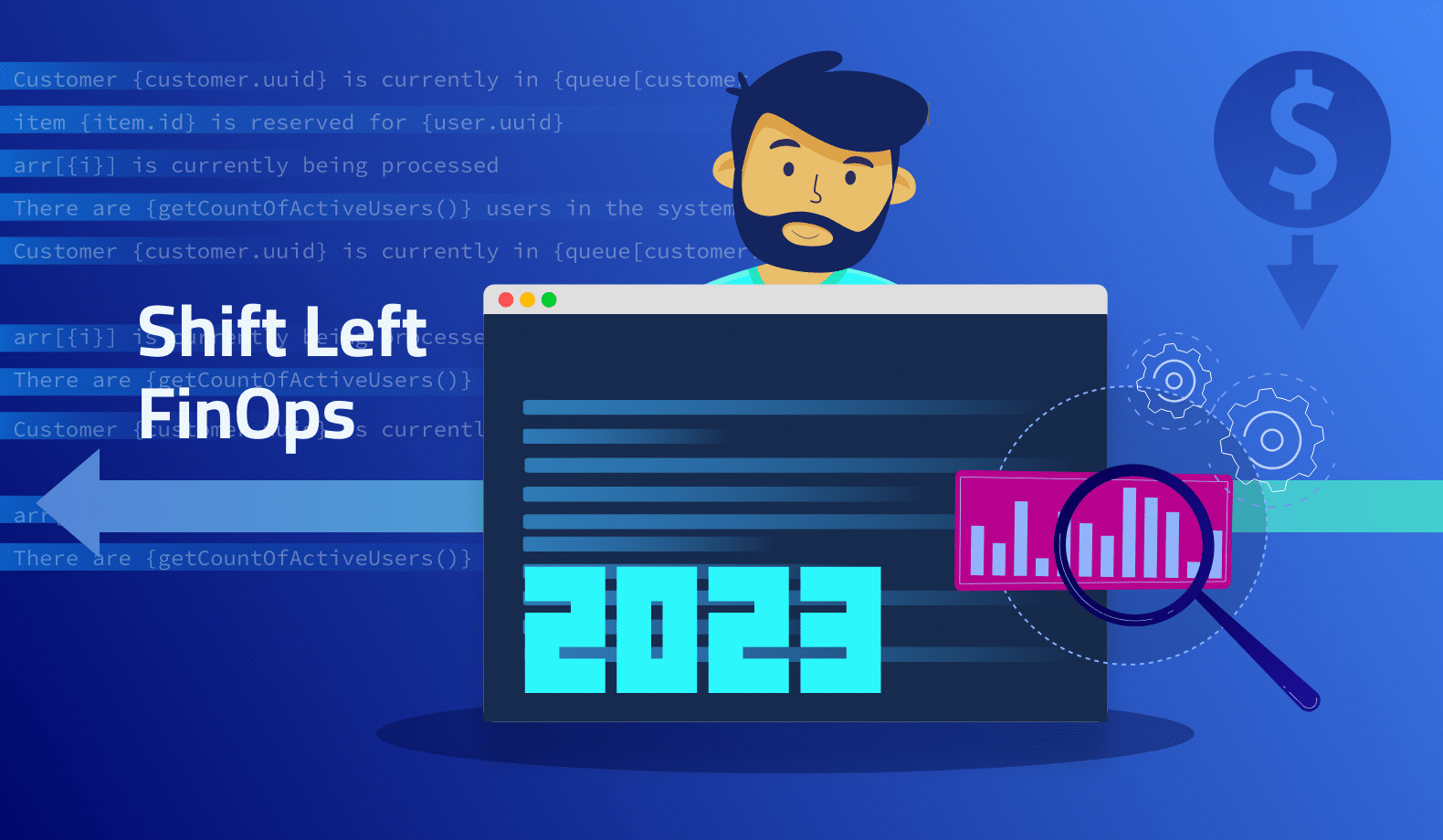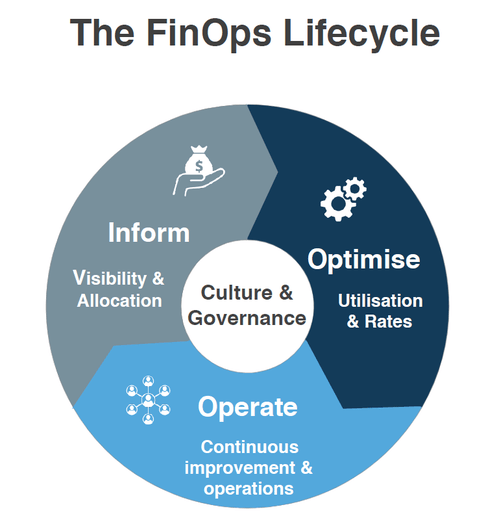

2023 is When More FinOps Practices will Shift Left and Cost Optimization around Logging will Get Central Stage
Effective troubleshooting and resolution of critical production issues require DevOps and R&D teams to utilize logging and observability. However, selecting the right logging solution can be challenging, given the wide range of available options and associated costs. Additionally, the strategy for logging usage should be tailored to the needs of different personas and use cases, such as DevOps engineers versus developers.
As organizations brace for an economic downturn in 2023, they will seek to reduce costs and one area where engineering teams can make savings in cloud costs. To develop a cost-effective logging strategy, DevOps teams and developers must gain greater transparency into their logging practices and move from logging everything to focusing on the most essential elements. Furthermore, a shift from solely static logging to a hybrid approach that includes dynamic logging for production applications is recommended.
By adopting a shift-left FinOps approach, organizations can not only reduce costs and achieve greater cost predictability but also accelerate the resolution of production defects (resulting in lower MTTR) while boosting developer productivity and innovation.
FinOps Process
The FinOps process can be broken down into three phases: Inform, Optimize, and Operate. In the Inform phase, teams gain visibility into their cloud spending and map costs with applications and business units. In the Optimize phase, optimization measures are created and implemented to address cost drivers, using managed services and anomaly alerts to identify areas for savings. In the Operate phase, a cost optimization plan is implemented and automated, with regular reporting to stakeholders, and engineering teams are trained and empowered to make changes.
FinOps Core PrinciplesWhy you should Shift-Left
To enhance control, transparency, and governance around cloud computing spending, the FinOps Foundation has devised a blueprint of best practices for decision-makers and practitioners. Unlike software development cycles that have shorter feedback loops for visibility into code changes and feature functionality, it takes days or even months to comprehend the impact of cloud computing costs.
To optimize costs and make data-driven decisions, it’s crucial to maintain proper communication between business, engineering, and IT departments. The FinOps Foundation has developed a comprehensive framework that enables centralized teams to advance their FinOps practices, so they can run smoothly. This framework balances the FinOps iron triangle of cost, velocity, and quality.
Organizations should make informed decisions regarding expanding their cloud spending to enable faster time-to-market (TTM) based on their product state. However, this may come at the expense of quality and vice versa. To implement the FinOps playbook, centralized teams should adhere to these key principles:
- Collaboration
- Individual ownership of cloud usage
- FinOps driving by a centralized team
- Accessible and timely FinOps reports
- Decisions driven by cloud’s business value
- Utilizing the cloud’s variable cost model
The principles mentioned above cannot be attained by an individual alone; they necessitate collaboration across teams. Moreover, engineers must be involved in the feedback loop to gain proper and timely visibility into the reasoning behind the organization’s cloud spending.
“Mature FinOps practices shift left to empower proactive activities within FinOps, which enables engineering to be aware and accountable for the cloud spending, and get them to better optimize and take decisions as part of their continuous software development life cycle,” says Kevin Emamy, partner program advisor at FinOps Foundation. In fact, in the recent State of FinOps report, 30% of the survey respondents cited making engineering teams take action around cloud cost optimization as one of their most significant challenges.
Shifting-Left with FinOps
The establishment of a FinOps culture necessitates the accountability and awareness of the entire organization’s cloud spending, as well as the alignment of cloud utilization and budgets with overall business goals. It is vital to involve the engineers, who play a critical role in cloud computing utilization throughout the software development life cycle (SDLC). This includes developing applications and deploying them to various cloud providers.
When issues arise, developers often require additional logs and telemetry to debug remote and distributed applications, resulting in costly redeployment and cloud computing resources. By enabling dynamic logs and native observability triggered from the developer’s IDE, they can take responsibility for FinOps cost optimization earlier in the development cycle, resulting in a shorter cost feedback loop and promoting cross-team collaboration. As stated by Chris Aniszczyk, CTO of the Cloud Native Computing Foundation, FinOps will become more of an engineering problem, with FinOps information becoming part of the pull request infrastructure.
However, determining when to trigger cost optimization is not always straightforward and depends on various factors such as organization size, application complexity, and understanding of associated cost reduction tasks. Nevertheless, incorporating FinOps into the organizational culture, beginning with developers and extending to the business, is an undeniable benefit.
Troubleshooting a Remote Workload Using Lightrun
Remotely troubleshooting a workload across various cloud virtual machines (VMs) doesn’t have to be a significant challenge.
Troubleshooting remote applications can be done directly from the integrated development environment (IDE, such as IntelliJ IDEA or VS Code), eliminating the need for app redeployment, stopping the app, or consuming additional static logs. Observability and Telemetry are potent tools in a developer’s arsenal, especially when it comes to minimizing cloud computing costs.
Learn more about how Lightrun can help you establish governance over your organization’s cloud computer spending and help you harness the power of FinOps.
What’s Next for FinOps in 2023 and Beyond?
With the formation of centralized FinOps teams that include developers, business, IT, and finance representatives, organizations are becoming more rigorous in their approach to cloud cost spending and governance, embedding FinOps principles and processes earlier in the SDLC.
Using tools such as Lightrun can help make cost-saving actions part of developers’ sprints. By incorporating modern troubleshooting practices like dynamic logs and virtual snapshots into their day-to-day activities, developers can shift-left for FinOps.
It’s Really not that Complicated.
You can actually understand what’s going on inside your live applications.






